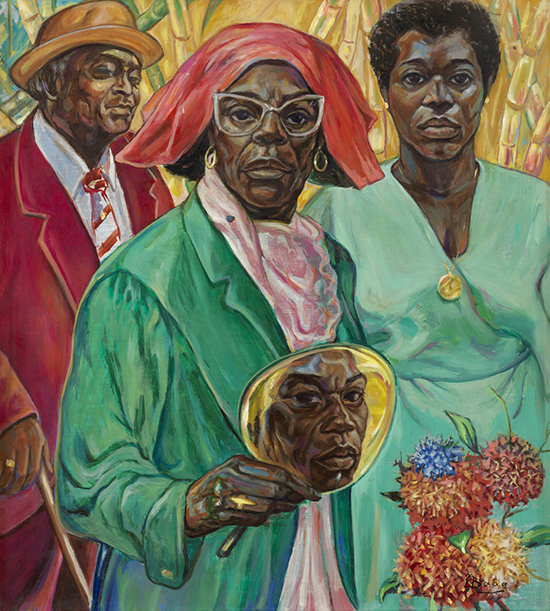The exhibition Surinamese School, which opens on 12 December at the Stedelijk Museum Amsterdam, is a celebration of Surinamese painting in all its diversity and depth. Presenting over 100 artworks by 35 artists, Surinamese School explores the key themes and narratives at the heart of Surinamese painting from 1910 to the mid-1980s. Depictions of Surinamese history, spirituality and everyday life, alongside forays into abstraction, and social change, gave shape to artistic developments.
The exhibition pays particular attention to Surinamese pioneers who blazed a trail for other artists by spearheading the development of art education and professional practice and, with this, the development of painting. A team of guest curators identified the artist-innovators who put Surinamese art on the map. Some artists combined their artistic practice with social and political activism, in pursuit of a (culturally) independent Suriname. Surinamese School also features a significant number of works by artists who lived and worked in Amsterdam for many years such as Armand Baag and Quintus Jan Telting.
In the year in which Suriname celebrates 45 years of independence, the exhibition also recalls the country’s shared history with the Netherlands. One of the legacies of prolonged Dutch colonial rule, for example, led to a dearth of professional art education and, for many years, Surinamese artists were compelled to leave their own country to pursue their art training in the Netherlands. After graduating, many artists returned to Suriname permanently or temporarily. Jules Chin A Foeng completed his education in the Netherlands and, upon returning to Suriname, championed Surinamism in his work and in art education. In addition to art training in their own country, which evolved against a backdrop of mounting nationalism, processes of decolonisation and nation-building, the artistic dialogue between Suriname and the Netherlands impacted the work and life of various artists in the exhibition.
